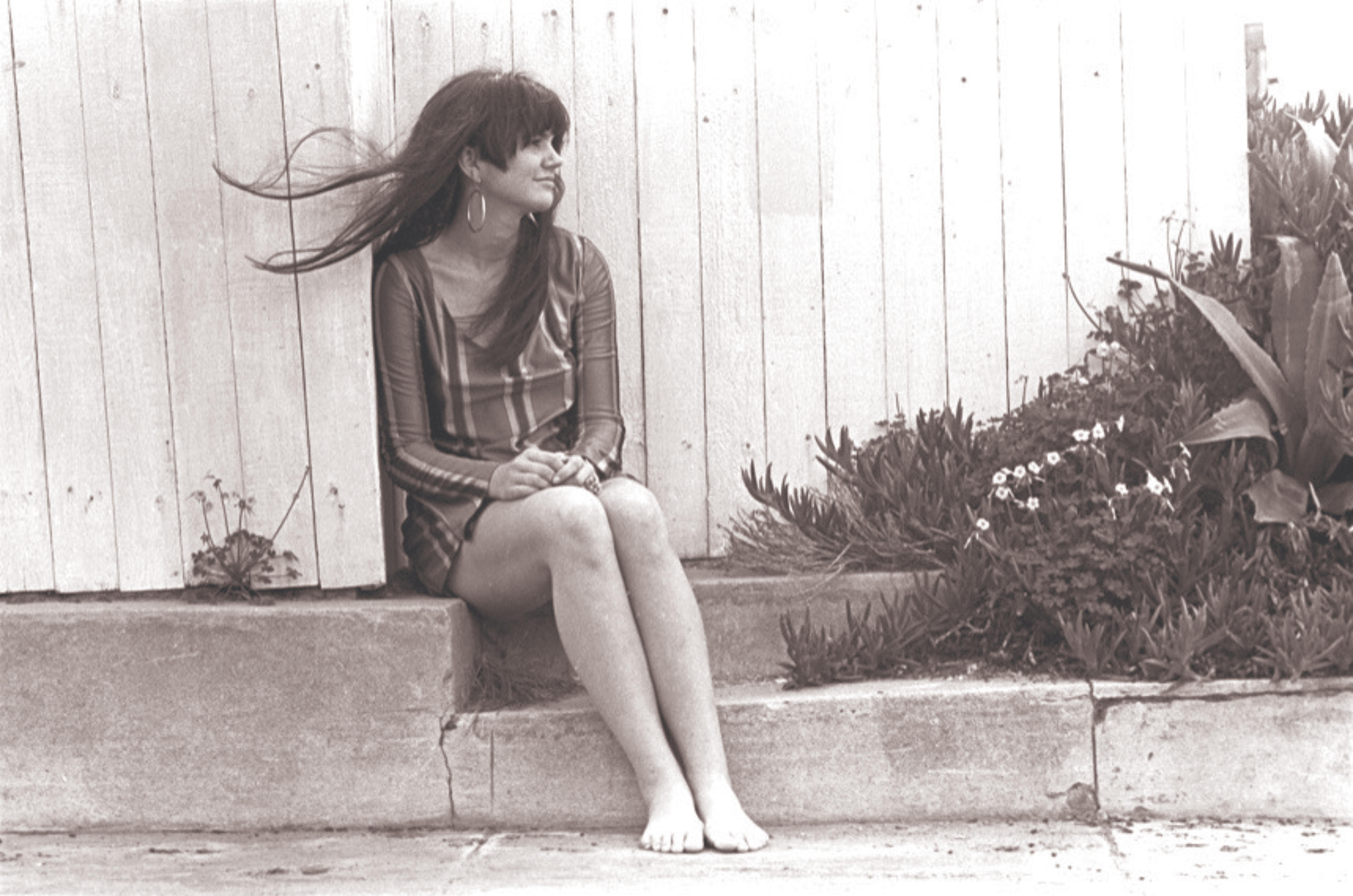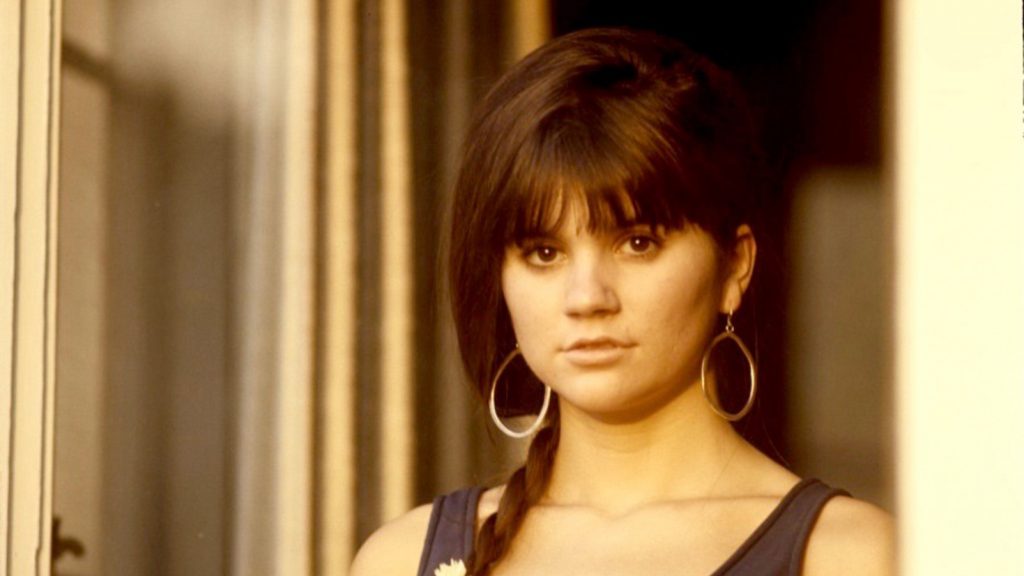“I used to think that everyone sang in Spanish and spoke in English,” Linda Ronstadt narrates in the beginning of the new biographical documentary Linda Ronstadt: The Sound of My Voice. It’s one of many rare intimate moments of the Grammy Award-winning singer captured in the doc, which details her childhood growing up along the border of Mexico in Arizona, her meteoric rise to music superstardom, and her heartbreaking battle with Parkinson’s disease.
With a five-decade career under her belt, complete with multiple Rolling Stone covers and countless tours across the globe with iconic, though predominantly white, acts like The Doors and Neil Young, Ronstadt’s cultural background as the daughter of a Mexican father, Gilbert, who was a skilled musician in his own right, might have seemed to her fans like a distant footnote in her story, something known but hardly ever acknowledged probably because her music “transcended” race. So it’s refreshing to see that two white male filmmakers, Rob Epstein and Jeffrey Friedman, spend a good deal of time in the early scenes of The Sound of My Voice with Ronstadt reflecting on the joy of singing Spanish-language songs with her dad as a child, and later talking about her groundbreaking 1987 Mexican album, “Canciones de Mi Padre,” which is the largest selling non-English-language album in U.S. history. (Selena’s post-humous “Dreaming of You” is the best-selling Latin album in the U.S., but contains several songs in English.)
These moments in the documentary aren’t glossed over as mere highlights in a story about a legendary recording artist who was almost instantaneously seen through a white gaze because of her paler skin tone and how effortlessly her voice blended in country and rock music, which are often attributed to Anglo culture. Rather, they illustrate how she continued to defy expectations as a woman of color in music, who may have been undefinable as an artist who “could sing any genre,” as her friends including Dolly Parton attest to in the film, but has always been acutely aware of who she is as a person — a woman as much influenced by her Mexican roots (particularly how much popular music derived from Spanish-language tunes) as she was her mother Ruth’s German, English, and Dutch ancestry. However, a female director of color might have been able to contextualize her story even further, to resonate with her more diverse audience. The opportunity to engage with fans in that way, especially in today’s politically conscious climate, is completely lost.
But, as she admits in the film, Ronstadt curiously never considered herself to be a political figure, though it could certainly be argued that her very existence as a Mexican-American icon is a political statement in and of itself. For instance, she was adamant about doing her first Spanish-language album, but not because she had spent twenty years performing in front of sold-out, mostly white audiences. She really just wanted to honor her dad and the music she first learned as a child. Archival footage shows Ronstadt telling an interviewer that she went to her record label and said, “If I don’t do this album, I will die,” in her wonderfully energetic speaking voice that permeates the entire movie.

There’s also interesting footage of her being interviewed by a white male journalist on TV about her (at the time) controversial decision to perform in South Africa during apartheid in 1988. Before he could even get the rest of his question out, she was already jumping in to say that if she stopped performing in places whose politics she disagreed with, “I wouldn’t be able to perform in some parts of America either.” She asked him why her statements were considered political at all because, “Who likes nuclear war?” His response: “You just summed up your entire politics in under a minute.”
But The Sound of My Voice leads us to think that these were just matters of fact to Ronstadt, just like her dad being Mexican and her mostly white fan base. Still, it’s hard to tell whether that is actually how Ronstadt feels or whether that is how Epstein and Friedman, who revealed at the world premiere that they’re huge fans of her music, prefer to understand her. There is another archived clip of Ronstadt talking to a reporter on a beach about what it was like to be a woman in the male-dominated rock ‘n’ roll industry, highlighting how sexism was so consuming that it could destroy you but that you must rise above it. Ronstadt’s producer Peter Asher, being interviewed in present day, reveals that she had a diet pill addiction at her prime, connecting it to a conversation about vices among musicians. But the statement just dangles in the air, uninterrogated. What does that mean in the broader context of female image in a known misogynist space? A female filmmaker would have definitely caught that.
There is an emphasis on control throughout Ronstadt’s story — from the singer choosing to remain almost entirely in voice-over, only shown at the end of the documentary when she’s singing with her family and struggling to hide the tremor in her hand, to the directors focusing on her storied career and crossover success rather than digging more deeply into her sociopolitical significance. It makes The Sound of My Voice a somewhat shallow yet celebratory film that never reaches its full potential.
Linda Ronstadt: The Sound of My Voice premiered at the Tribeca Film Festival.







